Sunlight and Surprises
At first… honestly, I thought it was nothing. Just a weird yellow streak on my big toenail—a summer flip-flop problem, not a “real” problem. Haven’t we all had those? Something small, easy to ignore, until you can’t (hello embarrassment). Then months pass, creams and weird foot soaks flop, and suddenly you’re trawling Google at midnight searching “does uv light kill fungus”—hoping for a cure that isn’t another gross ointment or prescription that makes your stomach do flips.
If you’ve landed here, I feel you. I’ve been the person hiding their toes, reading health blogs late at night, hoping for some science but really craving a little real advice from someone who’s tried it. So let’s talk about UV light and fungus in a way that’s honest, hopeful, and not too stuffy—deal?
Why Does UV Light Even Matter?
Is the Sun Secretly on Our Side?
Let’s get this out of the way… the sun isn’t just for tan lines and garden tomatoes. Ultraviolet (UV) light, especially the sneaky “C” type (UV-C), is basically nature’s tiny sword for microbes like fungi and bacteria. You know how sunlight can bleach your favorite shirt if you forget it on the porch? Well, it’s got a similar vibe for fungus—except, you know, more science-y.
Researchers have been geeking out over this for a while. And get this: in fields (actual strawberry fields, to be exact), UV light wiped out 95% of powdery mildew fungus—sometimes doing even better than chemical sprays. Wild, right? Imagine trading chemical-laden lotions for a healthy dose of light instead.
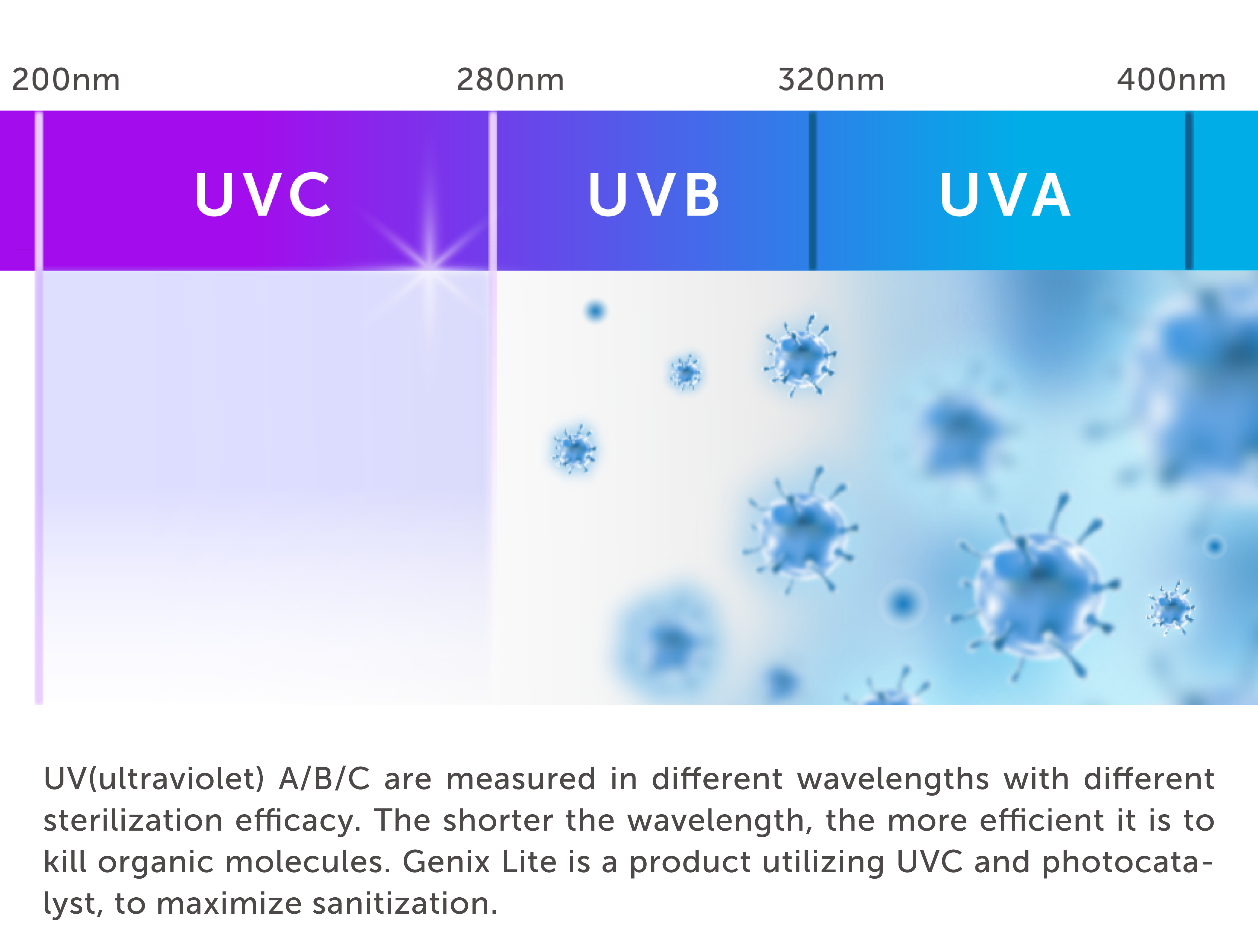
Story Time: A Sunbeam and an Old Pair of Runners
One summer, my neighbor left his muddy sneakers out on his deck—for days. He swore it would “zap the stink” (his words). But here’s the thing: not only did they lose the funk, but he also claims his recurring athlete’s foot finally chilled out too. “Natural disinfection, I guess?” he said, with that shrug. Not proof, but not nothing either.
Does UV Light Kill Fungus on Skin and Nails?
Okay, the sun is cool, but what about those fancy little lamps everyone on social media is waving around? Let’s get a little nerdy (but keep it fun)—
- UV-A (320–400nm): Most common in sunlight. Okay at slowing down fungus, but not a powerhouse.
- UV-B (280–320nm): Middleweight champ. In studies, higher doses mess with fungal growth—stopping some nasty toenail bugs from spreading according to lab tests on Trichophyton.
- UV-C (200–280nm): The big boss. Used in hospitals, air vents, and, yes, those home gadgets. Proven to damage fungal DNA so they can’t grow back. Honestly, it feels a bit sci-fi, but it’s real.
I looked it up: does uv light kill fungus on skin? Short version: yes. Science backs it, especially UV-C. It’s not all sunshine and instant magic, but there’s proof it slows—or straight-up stops—fungal growth on nails and skin.
Picture this: fungus is like an annoying party crasher. UV light barges in, messes up its “playlist” (the DNA), and suddenly, no more dance party. Seriously, that’s how it works.
A Quick Comparison Table
| UV Type | Where You Find It | How Well It Zaps Fungus | Safe for Home Use? |
|---|---|---|---|
| UV-A | Sunlight, Tanning Beds | Slows growth, not a killer | Mostly safe (but SPF, please) |
| UV-B | Sunlight | Damages spores, better than UV-A | Short exposure, yes—still, sunscreen! |
| UV-C | Special Lamps | Zaps DNA, kills 90%+ fungus | Use carefully (glasses, no direct skin contact) |
If you’re tempted to just hang your feet out the window all day… don’t. You need focused (and safe) UV-C for the real knockout.
The Big How: How Fast Does It Work?
So… Will My Toe Be Clear by Friday?
I get this. When I first set up a UV lamp (bought at 2am, delivery courtesy of desperation), I timed it like a popcorn bag—six minutes, check, 10 more, check… nothing, yet. The big question: how fast does uv light kill fungus naturally?
There’s no magic “one and done” ding. Some studies say 45 minutes for yeast… others find mold wiped out after about 75 minutes of direct light exposure. But most people (and even some pro cleaners) use UV over several days or weeks for best results according to cleaning guides. That’s normal.
On nails? Expect a marathon, not a sprint. A study with 275nm UV-C LEDs showed fungus, bacteria, and gross skin bugs can be “significantly reduced” in super short bursts (seconds, sometimes minutes), but for thick toenails? Consistent use over weeks is where the real change happens based on new healthcare research.
:max_bytes(150000):strip_icc()/SPR-odd-things-uv-light-can-actually-get-rid-of-in-your-home-01b-a8e542a22e244c47964ad1f141ac49f6.jpg)
Anecdote: A Timely Hospital Hack
One nurse buddy of mine (let’s call her Jen) told me their hospital invested in what she called “Roomba UV robots” for patient rooms—blasting fungus and bacteria off all the surfaces before anyone new could check in. It got her wondering… so at home, she bought a tiny UV wand online for her daughter’s stubborn foot rash. Two weeks: the patches shrank, and her daughter stopped scratching. Sometimes hospitals really are ahead of the game.
What Makes UV Work Faster… or Slower?
If your toenails are as thick as mine (let’s just say, “years of neglect”), it takes longer. Fungi hide under layers and in grooves, so light needs to be direct. Also, clean your nail first—UV can’t zap fungus it can’t see.
Bonus tip: One guy in my running club tried using a UV wand after applying essential oils like tea tree (which also have antifungal powers). He swears it sped things up (jury’s still out, but it sounds logical, right?).
UV-C light at 254–275nm is where the action’s at. Go lower and you risk damage, go higher and it’s just… not that effective. Plus, studies show these new LED versions are gentler on skin, so less worry about weird side effects (don’t quote me to your dermatologist, but people are doing it).
UV Light vs. The Other Guys
Pills or Creams… or Light?
Traditional toe fungus solutions: gnarly pills (hello, upset stomach), sticky creams (that never soak in), and weird home potions (vinegar baths, Listerine, garlic—I’ve tried them all). UV light, though? Non-toxic, no weird smell, and no daily scrubbing.
In HVAC systems (think: the air you breathe at home), UV-C lamps are used to stop mold and fungus from spreading—chemical free. Hospitals use them to keep nasty fungi like Candida auris from causing outbreaks. And apparently, people like my cousin (who’s obsessed with gadgets) use them on their gym shoes weekly now…
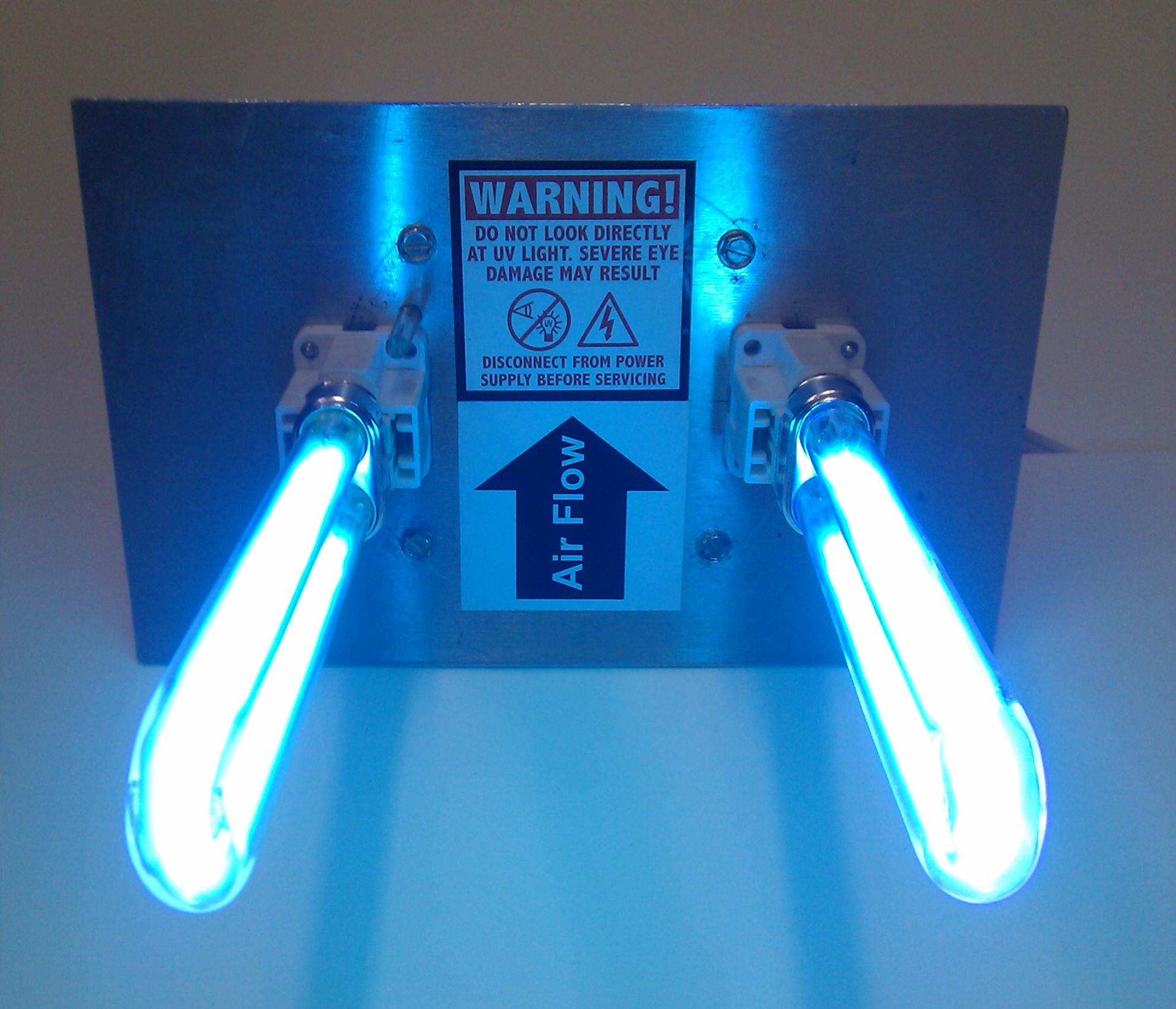
Small Story: Freedom for Ugly Toes
Not so long ago, I was the friend who never joined pool parties. Once, after using a UV-C lamp 15 minutes a day for three months (coupled with actual nail clippers and going barefoot at home), my toenails grew back clearer. Not immaculate… but better. For the first time in ages, I didn’t cringe taking my socks off.
A Natural Boost: Weaving UV Into Your Routine
Can UV Light Kill Fungus… Naturally?
Here’s the part that surprised me: sunlight (yes, just the regular sky stuff) totally helps. Maybe not as fierce as fancy UV gadgets, but leaving your shoes out—or even airing your damp feet—actually slows fungus growth. According to scientists, even weak UV-A and UV-B from everyday sunlight can help curb fungus (think: prevention, not instant cure) according to clinical studies.
But if you want serious results, “natural” can mean an affordable home UV-C wand too. Just 10–15 minutes every other day, with breaks to check your progress, and always wear eye protection. Basically, treat it like cooking: low and slow works best, and don’t forget about it or you’ll end up with burnt toes (not kidding—they can burn).
This blend—natural prevention plus focused UV-C treatment—is what moves the needle. Especially if you combine it with a healthy, fitness-focused lifestyle, like changing socks post-workout and drying off properly (fungus hates dry, breezy spaces).
If you’re curious about timelines and “how fast does uv light kill fungus” for the daily grind, check the deeper take at how fast does uv light kill fungus—because, honestly, the best answer comes from layering common sense, patience, and a dash of new tech.
UV Light: Any Downsides or Caveats?
Okay, quick reality check—nothing’s perfect, and UV light is powerful. Use it wrong, and you could scorch your skin or eyes (yikes). So never stare at a lamp, keep sessions short, and always (yes, always) follow the instructions. The newer UV-C LED gadgets are gentler, but if you feel heat, tingling, or burns—stop. Like, right away. Also: if you’re immunocompromised or diabetic, ask your doc first. Safety beats heroism every time.
Allergens, mildew, bacteria, even weird gunk on your toothbrush… UV gadgets have their place. But toe fungus is stubborn. It’ll test you, but persistence and mixing in other healthy habits helps. If your nails aren’t clearer in a few months, or things get worse, see a pro. Sometimes old-school meds or an expert eye make all the difference.
Wrap-Up: Let’s Zap Those Fungi Out of Your Life!
So… does uv light kill fungus on toes, skin, even in shoes? You bet—it’s not a magic trick, but when used right, UV light damages the stubborn little spores that give us so much trouble. Sure, UV-A and sunshine help for prevention, but UV-C (from lamps and those clever gadgets) is where the transformation happens, especially over a few consistent weeks.
I’m not a doctor, just a friend who’s lived the fungus fight—and won (mostly—hey, nobody’s perfect). My best advice? Try UV light safely. Combine it with sweaty-sock swaps, better foot care, and, yes, a dash of patience. Share your story—what’s worked, what hasn’t. You never know who you’ll help. For a deeper dive on “does uv light kill fungus on skin” or “how fast does uv light kill fungus” keep that research train rolling at Does uv light kill fungus on skin and how fast does uv light kill fungus.
And that’s it—just one step at a time, a little light, and a lot of hope. Your clear, healthy feet? Closer than you think. Go on—give those toes some sun.

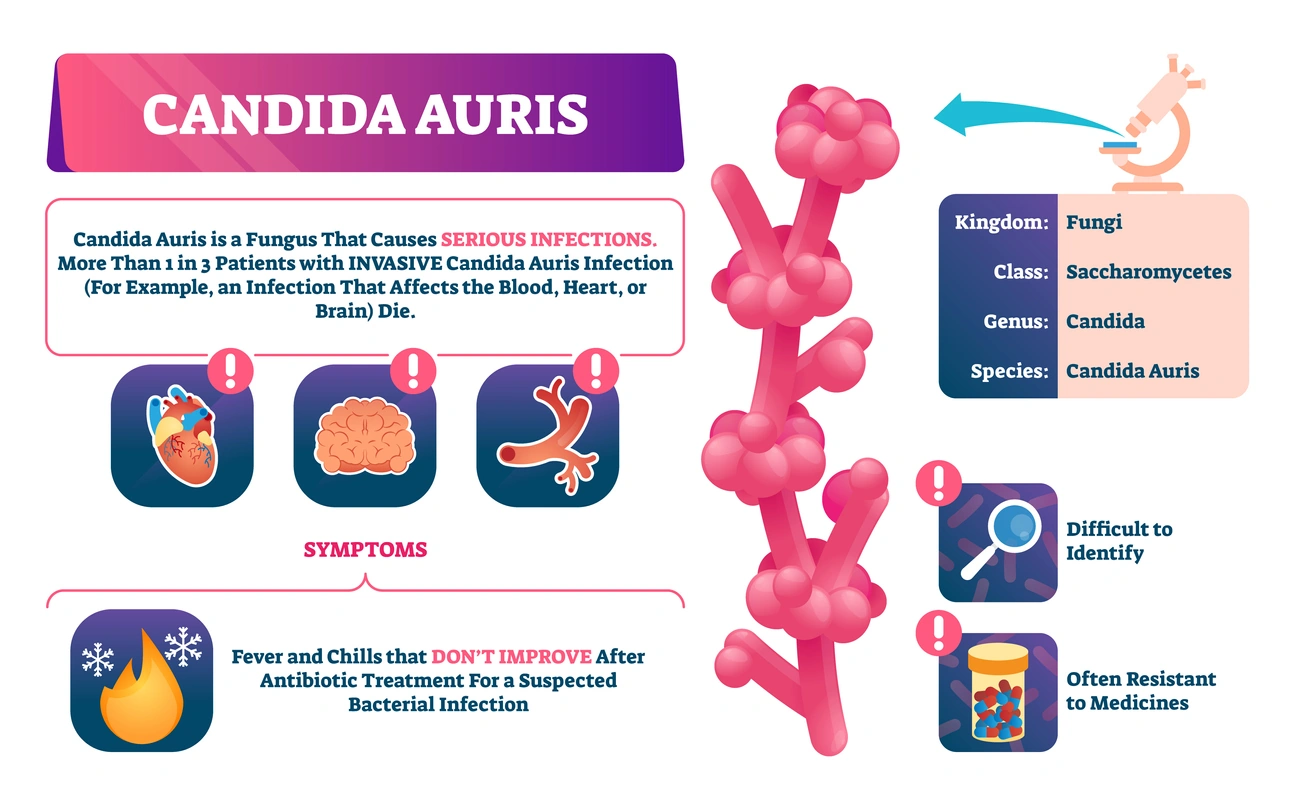

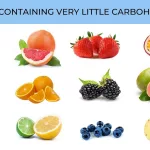










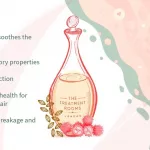
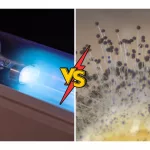
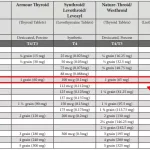

Leave a Reply
You must be logged in to post a comment.